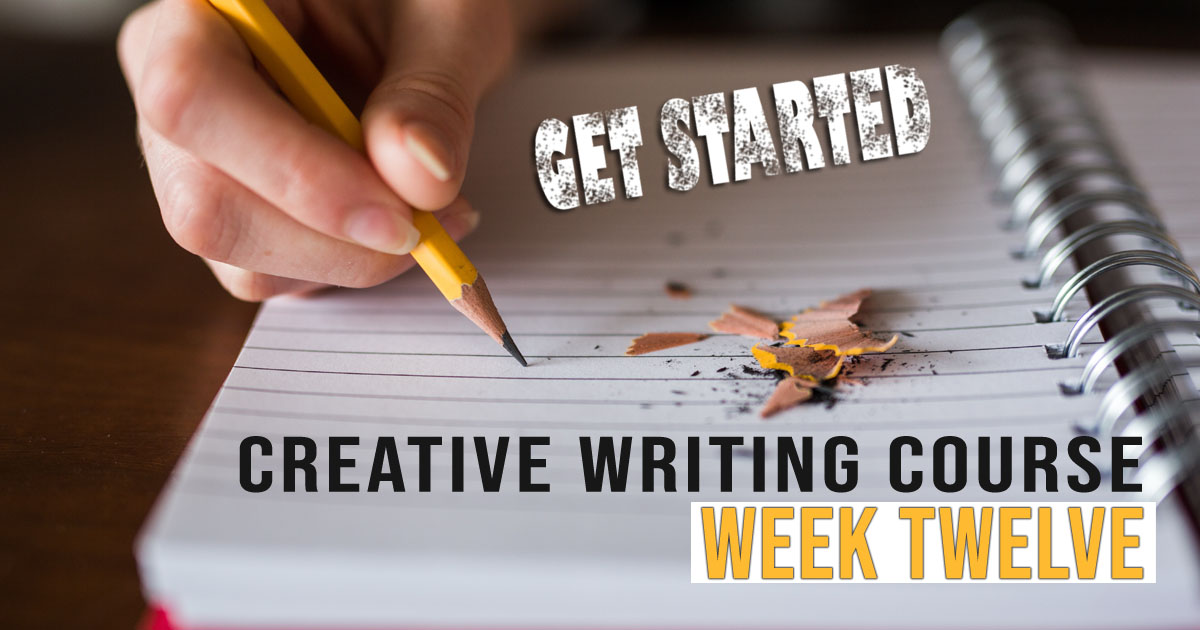There are some key points to bear in mind when writing for children. One of them is that fiction for children is defined by age-specific categories, because what interests an eight-year-old could seem childish and boring to a twelve-year-old.
There are various definitions, depending on whether you look at the American or English markets – below are examples of the age-group categories (I have combined several different lists to give a broad example:
| Board books | New-born to age 3 |
| Picture books | Ages 0-5 or 3-8 |
| Early readers | Ages 5-7 or 5-9, these are for children who are just beginning to reading independently. They are short and usually illustrated. |
| First chapter books | Ages 6-9 or 7-10, the stories are divided into about ten equal sized chapters and have with a word counts of no more than about 10,000 words. The Rainbow Fairies series is a good example. |
| Middle-grade books | Ages 9-12, Chapter stories with between 30,000 and 60,000, though often more towards the smaller figure. |
| Young teen | Age 12-15 Word counts of up to around 70,000 words (a bit longer if its science fiction). |
| Young adult (YA) novels | Ages 14 and up YA books usually feature a teenage protagonist, despite the fact that many of the readers are actually adults. A similar expected word count to Young teen. |
Younger children generally prefer stories with safe, happy endings, whereas older children can cope with more uncertainty or danger on the way to the ending.
Before you write a story for children, think about the stories you loved at the age you want to write for and look at what is available for that age now. Google the age category and read some of those books to get a good understanding of current themes and which stories have endured the course of time and why?
And remember:
Don’t talk (or write) down to children.
Keep plots simple, but don’t ‘dumb them down’, just make sure you explain things more fully for the younger child.
Use complex words, but in a context where the child can work out the meaning.
Know that children and adults often find different things funny.
Don’t over-complicate scene set-ups.
Characters need to jump off the page and grab the child’s attention fairly swiftly, so there isn’t time for long really long backstories
Writing for children exercise 1
Read Madeline by Ludwig Bemelmans (first published in 1939) and, or The Gruffalo by Julia Donaldson (first published in 1999) – two of the most loved rhyming books of recent and past times. They differ from each other in both topic and style, so what is it that makes them so popular?
As a parent, I can tell you that they are both pleasing to read aloud and easy to memorise. Personally, I feel that rhyming books have a soothing effect on both the parent and child.
Write a story in rhyme for the 0-5 age group. Make sure the rhymes are smooth and the lines flow. Read it aloud and wherever you stumble over the words, make adjustments to smooth it out. A parent will not enjoy reading awkward rhymes – and you have to please the parent as much as the child!
If you haven’t got access to these books you can find readings of them on YouTube, below is one I found for ‘The Gruffalo’, although I do recommend reading them yourself if possible.
Writing for children exercise 2
Thinking about First Chapter books – this is an area with a lot of possibilities because at this stage, children love consistency and ‘more of the same’. Which means that there is a great opportunity to write a chapter book series, rather than just one book.
Take a look at the Rainbow Magic books (of which there are over two hundred – you can read some extracts from them). These books are incredibly popular with the 7-9 age group and feature the same main characters and a formulaic plots involving goblins doing bad things and various fairies fixing the problem. The same applies to the Animal Arc series, Judy Moody and many of the Enid Blyton Famous Five and Secret Seven books.
Take a look at some of these books and other First Chapter books that you find in the library or on Amazon and make a list of characters and situations they cover:
| Book Series | Characters | Theme |
| Rainbow Magic | Two girls who turn into fairies, fairies and goblins. | Fairies saving the day from disaster brought on by the goblins. |
| Animal Arc | A young girl, whose parents are vets and her best friend, various different animals. | Finding animals in trouble and trying to help them. |
| Judy Moody | A young girl, her brother Stink and friends. | A strong and adventurous character getting into mishaps and having adventures. |
| Beast Quest | A boy and a girl, magical beasts. | Fighting beasts on magical adventures. |
Now try plotting your own idea for a children’s series using the ‘five finger pitch’ from the beginning of this course.
I would love to see your descriptions, please do post them in the comments below.

Leave a Reply